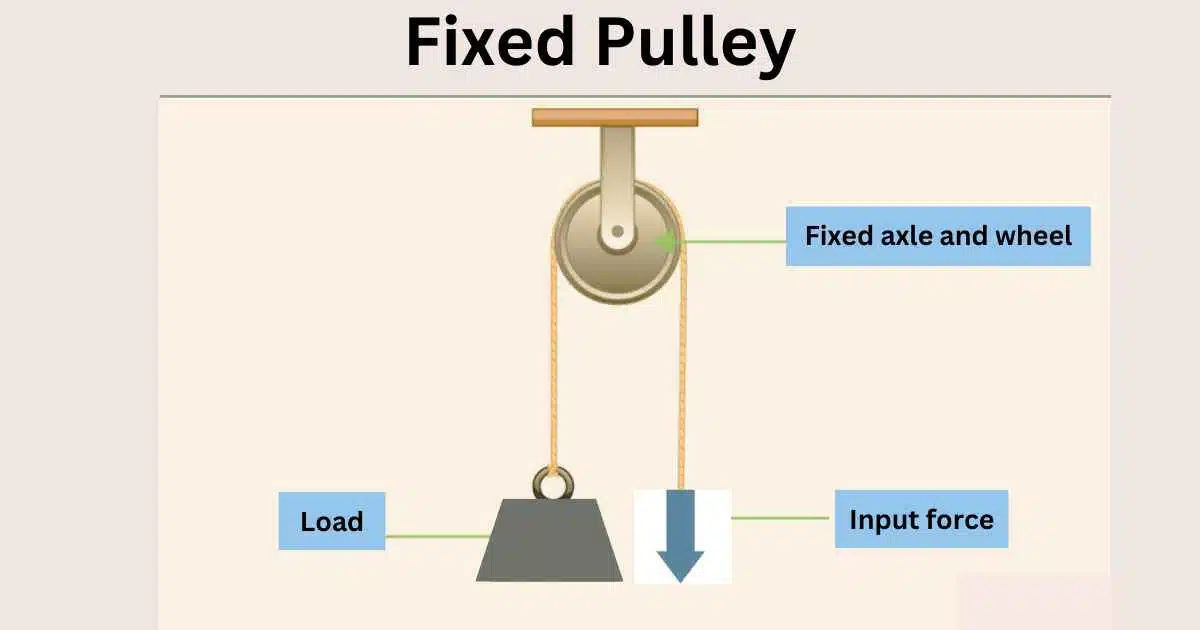What is Speed?-Definition, Types, Unit, And Tangential Speed
The distance traveled per unit of time is known as the speed. The magnitude of the velocity is what is known as the speed. It doesn’t have a direction at all.
What is the speed in physics?
In everyday use and in kinematics, the speed of an object is the magnitude of the change of its position over time or the magnitude of the change of its position per unit of time; it is a scalar quantity.
Formula of speed
Mathematically speed is defined as
s=d/t
here
s=speed
d=distance
t=time
Unit of speed
speed is measured in meters per second ms-1.
Dimension of speed=M0L1T-1
There are some more units used to measure the speed.
| Units | Symbols |
|---|---|
| Meter per second | m s−1 |
| kilometers per hour | km/h |
| miles per hour | mi/h |
| feet per second | fps |
| knots | kn |
Types of Speed
There are four types of speed
- Uniform speed
- Variable speed
- Average speed
- Instantaneous speed
Uniform speed:
When an object travels the same distance in the same time frame, it is said to be traveling at a uniform speed.
Variable speed:
An object is said to be at variable speed when it covers a different distance at the same intervals of time.
Average speed:
Average speed is determined by the ratio of the total distance traveled by an object to the total time taken by the object.
Instantaneous speed:
The instantaneous speed is the speed at which an object moves in a split second.
Tangential speed
The distance traveled per unit of time is called linear speed, while the distance traveled per unit of time in a circular path is called tangential speed. Linear speed is greater on the outer edge of a rotating object than it is closer to the axis because traveling a greater distance at the same time means a greater speed.
The direction of motion is related to the circumference of the circle in the way that this speed is known as tangential speed. The terms linear speed and tangential speed are used interchangeably, but both use units of m/s, km/h, and others.







Leave a Reply